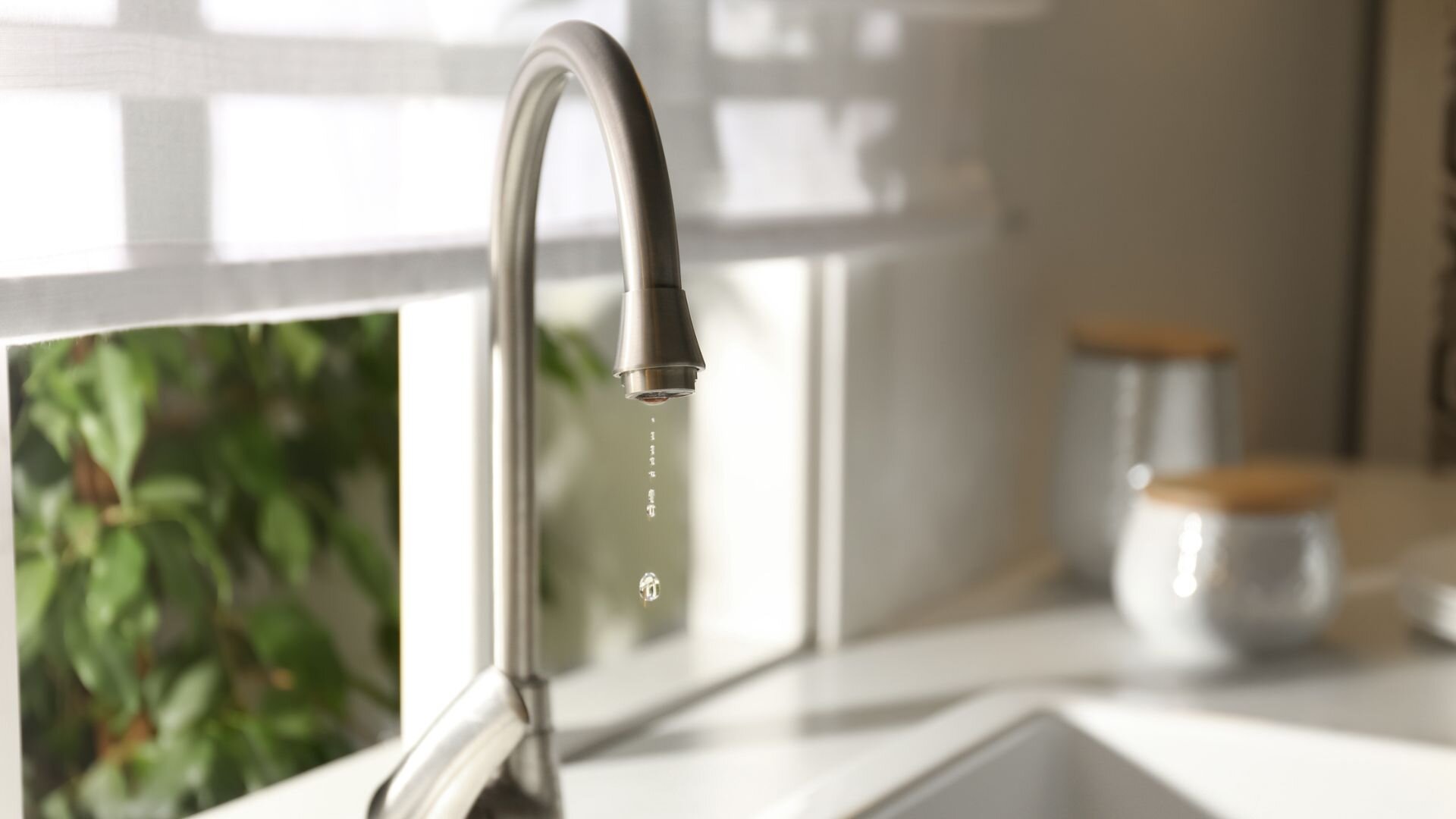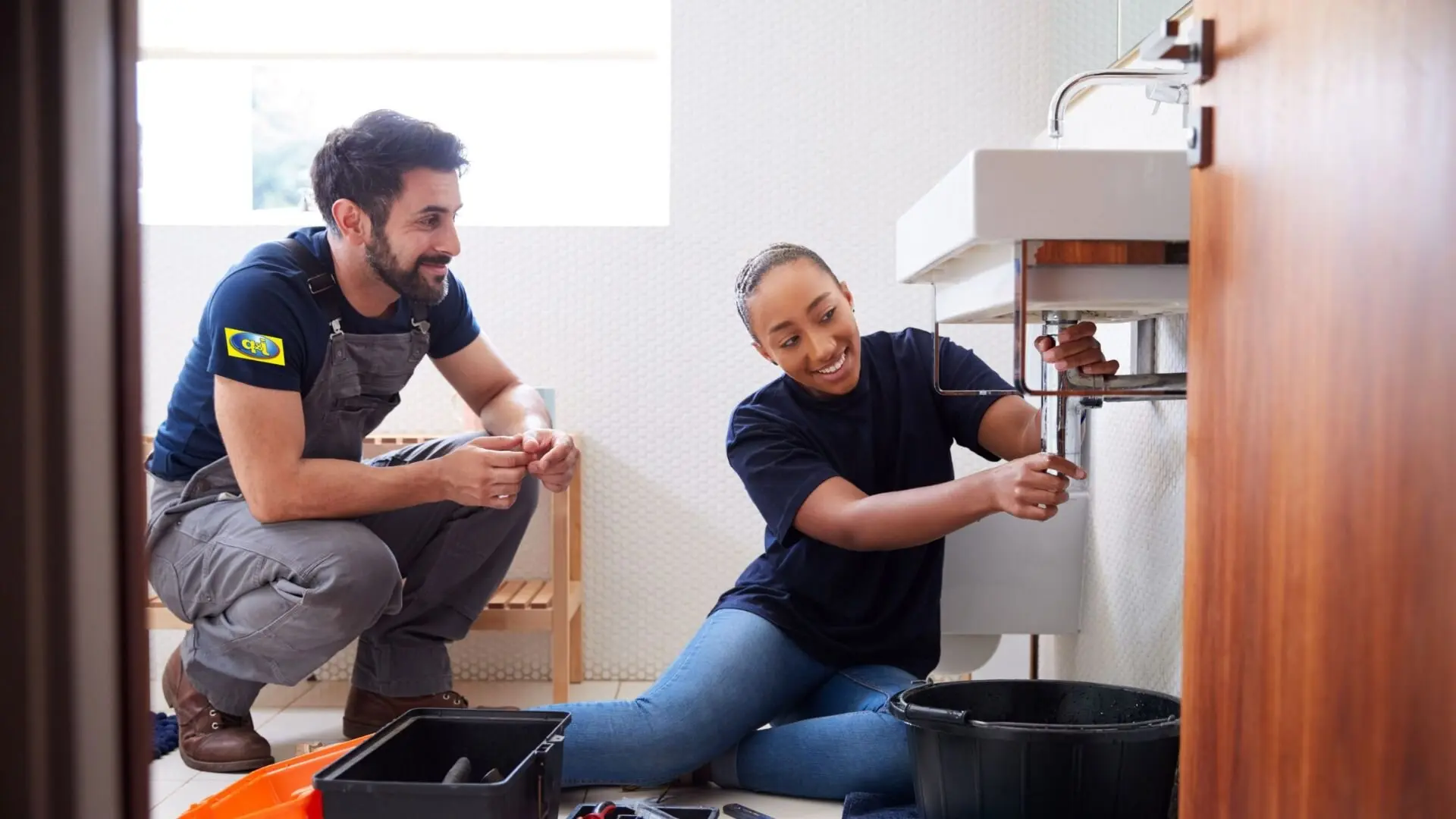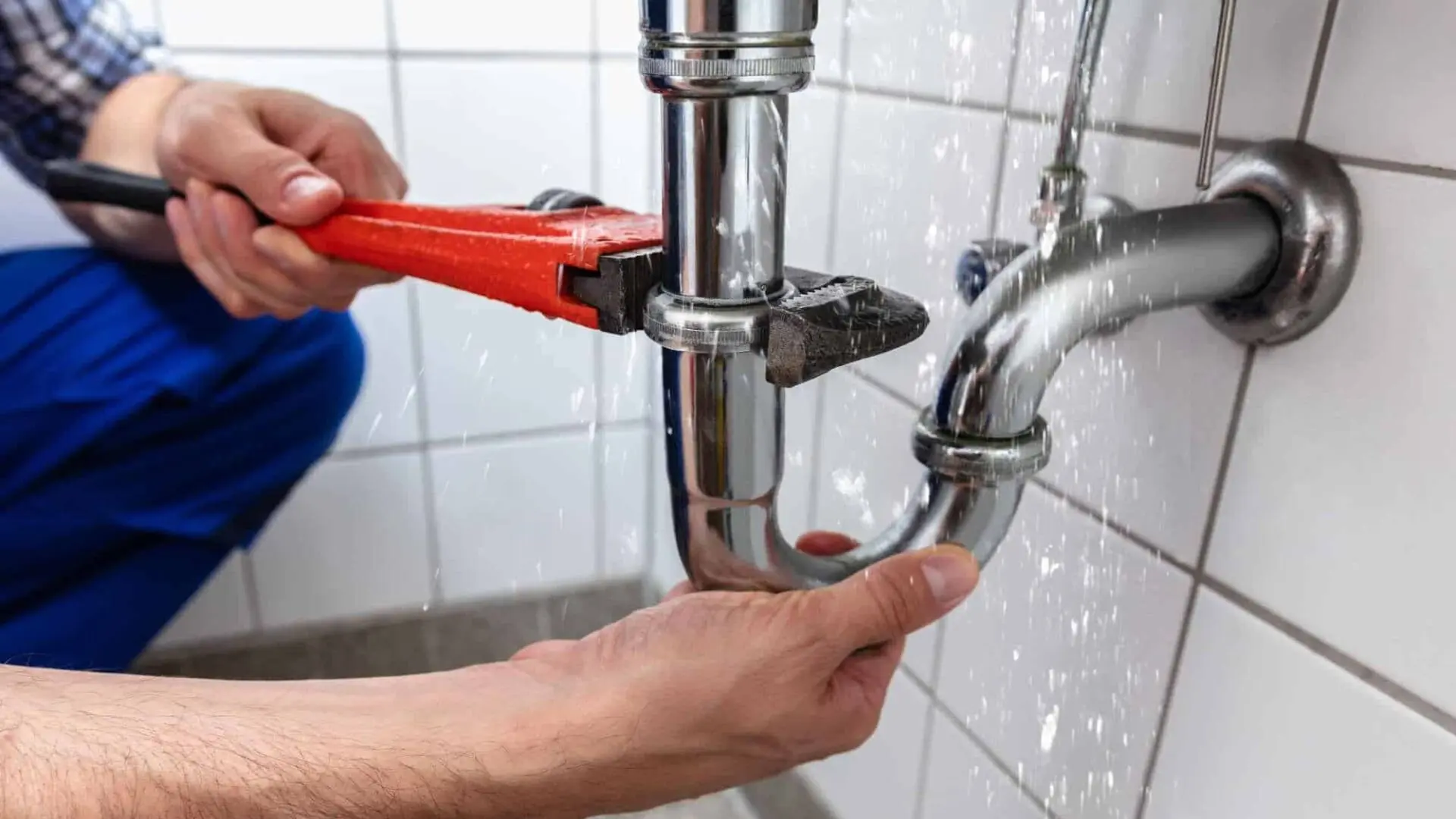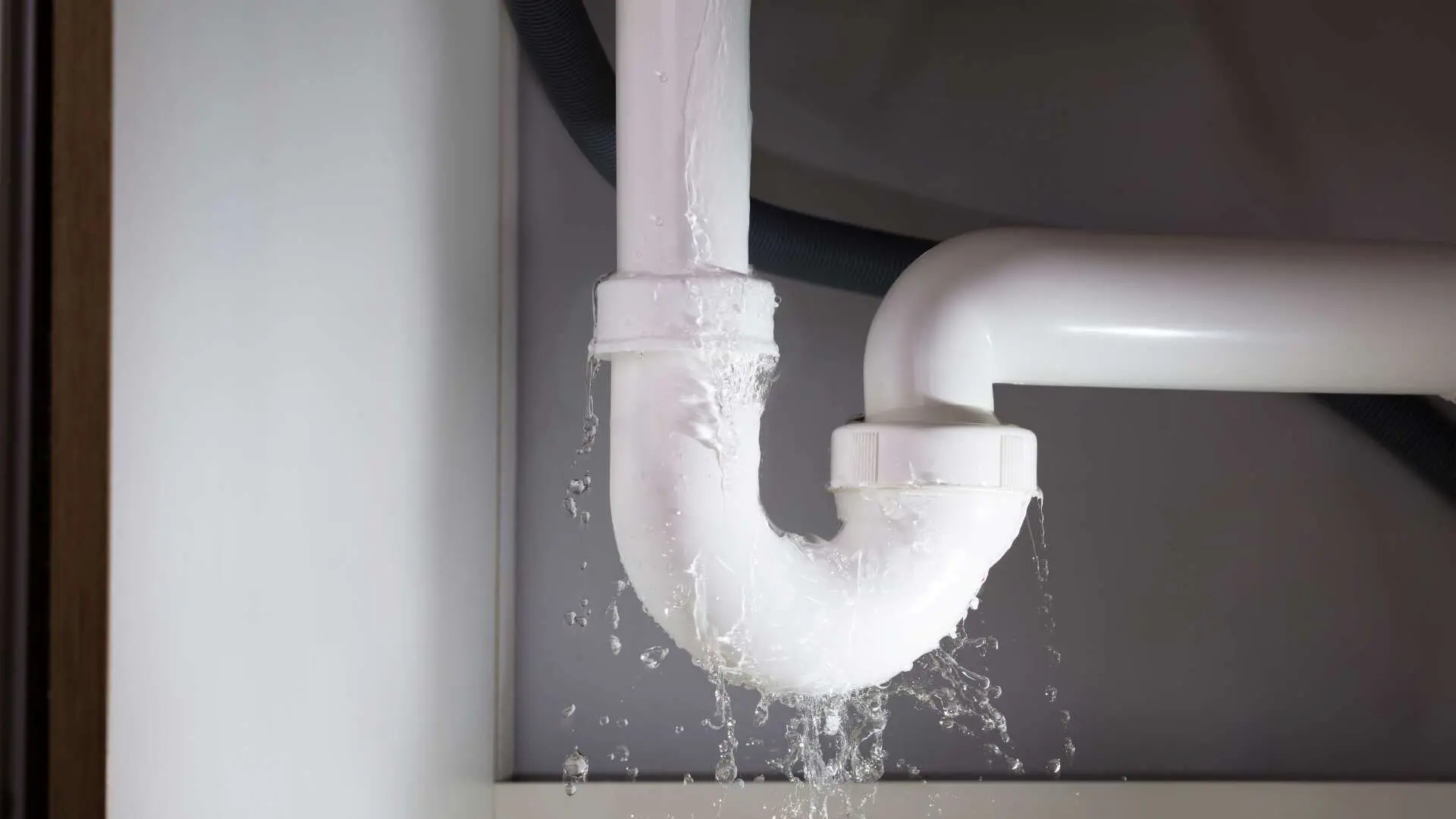Leaking taps may seem minor, but their impact is far from trivial. Beyond the annoyance of the constant drip, tap leaks can lead to significant financial burdens, potential damage to your plumbing system, and even pose health risks.
We’ve put together this article to walk you through the often-overlooked aspects of tap leaks and their impact on your home. By understanding these hidden costs, you’ll be better equipped to tackle potential plumbing issues head-on and protect your household.
Join us to explore what tap leaks mean for you and how to fix them. You’ll learn strategies that not only save you money but also give you peace of mind. So let’s dive in and see why sorting out those leaks is so important.
Understanding The Hidden Costs Of Leaking Taps
Leaking taps may seem minor, but they can lead to significant hidden costs that impact your finances and the integrity of your plumbing system. This section will explore three critical aspects of tap leaks: water wastage and rising utility bills, potential damage to the plumbing system, and the consequences of ignoring tap leaks.

Water Wastage and Rising Utility Bills
One major cost of leaking taps is the water they waste. A tiny drip might not seem like much, but over time, it really adds up. This not only takes a toll on the environment but also sends your water bills through the roof.
Did you know a single tap dripping once per second can waste about 3,000 gallons a year? Just picture that with multiple leaks! Being mindful of water use not only helps the planet but also slashes your water bills. Learn more on how to cut down those costs.
Potential Damage To The Plumbing System
Leaking taps can cause more than just water wastage. If left unaddressed, they can lead to severe damage to your plumbing system. The constant water flow can corrode pipes, joints, and fixtures, weakening their structural integrity. Over time, this corrosion can result in pipe bursts, water leaks in walls or ceilings, and even damage to surrounding structures.
The costs of repairing or replacing damaged plumbing components can be substantial. By addressing tap leaks promptly, you can prevent further damage to your plumbing system and avoid the expenses associated with extensive repairs.
Consequences of Ignoring Tap Leaks
Ignoring tap leaks can have several detrimental consequences. One of the most significant risks is the growth of mould and mildew. The constant moisture provided by leaks creates an ideal breeding ground for these harmful microorganisms, leading to potential health hazards for you and your family.
Additionally, tap leaks can cause structural damage to your home. The continuous water flow can seep into walls, ceilings, and floors, compromising their stability and integrity. Repairing such damage can be costly and time-consuming, making addressing tap leaks promptly to avoid these consequences crucial.
Detecting Hidden Tap Leaks: Signs And Techniques
Sometimes, tap leaks are sneaky, hiding away until they cause big problems. The trick is spotting them early! Knowing what to look for and using handy detection tricks can save you from a heap of trouble. Here are some signs and methods to help you catch those hidden leaks in time:

1. Damp Spots And Water Stains
Look for damp spots or water stains on walls, ceilings, or floors near taps and fixtures. These can indicate a hidden leak in the plumbing system. Check for any discolouration, peeling paint, or softening of the materials, as these are signs of water damage.
2. Unusual Water Meter Readings
Monitor your water meter readings regularly to detect any abnormal water usage. If your meter shows water consumption even when no taps or appliances are used, it could indicate a hidden tap leak. Please take note of unexpected spikes or constant meter movement, as they might signal a problem.
3. Low Water Pressure
A sudden decrease in water pressure can indicate a hidden tap leak. If you notice a significant drop in water pressure from a specific tap, it could mean a leak within the plumbing system. Compare the water pressure from different taps to identify any discrepancies.
4. Water Meter Test
Perform a water meter test to check for hidden tap leaks. Start by turning off all taps and water-using appliances in your home. Take note of the water meter reading and wait a few hours without using any water. If the meter reading changes during this period, it suggests a hidden leak.
5. Food Colouring Method
You can use the food colouring method to identify leaks in the toilet tank. Add a few drops of food colouring to the toilet tank and wait without flushing. If the water in the toilet bowl changes colour after some time, it indicates a leak in the flapper valve or other toilet components.
6. Infrared Cameras and Thermal Imaging
Consider using infrared cameras or thermal imaging technology for more advanced leak detection. These tools can help identify hidden leaks by detecting temperature variations caused by water leaks behind walls, under floors, or in other concealed areas. Professional plumbers often use these techniques for accurate leak detection.
Hidden Water Damage From Tap Leaks: Identifying And Addressing
Tap leaks can cause more than just water wastage and increased utility bills. If left unaddressed, they can lead to hidden water damage within your home. Identifying and addressing this water damage promptly is crucial to prevent further complications. Here’s what you need to know about hidden water damage from tap leaks:

Identifying Hidden Water Damage
Detecting hidden water damage requires careful observation and attention to detail. Here are some signs that may indicate hidden water damage from tap leaks:
1. Musty Odour: A persistent or damp odour in specific areas of your home, such as near taps or bathrooms, can indicate hidden water damage.
2. Discolouration and Stains: Look for discolouration or stains on walls, ceilings, or floors, particularly in areas close to taps or where water pipes run. These stains may appear as dark patches or have a yellowish hue.
3. Peeling or Bubbling Paint: Moisture from hidden water damage can cause paint to peel, bubble, or become dislodged from surfaces. Pay attention to any unusual changes in the condition of painted surfaces.
4. Warped or Buckled Flooring: If the floor near a tap or in adjacent rooms appears warped, buckled, or feels uneven when you walk on it, it could be a sign of water damage.
5. Mould Growth: Hidden water damage creates a favourable environment for mould growth. Look for any visible signs of mould, such as black or green patches, especially in moisture-prone areas.
Addressing Hidden Water Damage
Once you’ve identified hidden water damage from tap leaks, it’s important to mitigate it immediately. Here are the steps to address hidden water damage:

Step 1: Stop The Source
Before addressing the water damage, fixing the tap leaks causing the problem is crucial. Shut off the water supply to the affected area and ensure a professional plumber repairs or replaces the leaks.
Step 2: Dry And Dehumidify
Dry out the affected areas using fans, dehumidifiers, and proper ventilation. This helps prevent further moisture build-up and discourages mould growth.
Step 3: Remove Damaged Materials
If the water damage has affected building materials such as drywall, flooring, or insulation, removing and replacing them is essential. Water-damaged materials can become a breeding ground for mould and compromise the structural integrity of your home.
Step 4: Treat For Mould
If mould growth is present, it’s crucial to address it promptly. Hire a professional mould remediation specialist to safely remove the mould and treat the affected areas to prevent a recurrence.
Step 5: Ensure Proper Ventilation
To prevent future water damage, improve ventilation in areas prone to moisture, such as bathrooms and kitchens. Consider installing exhaust fans or opening windows to facilitate air circulation and reduce humidity levels.
Stop The Drip, Save Your Wallet
And that’s a wrap on our guide! Remember, even if a leaking tap seems harmless, it can lead to some pretty hefty expenses down the track.
Take immediate action to address tap leaks through DIY repairs or by engaging professional plumbing services. Upgrade to water-saving taps and implement preventive measures to avoid tap leaks altogether. Doing so can protect your plumbing system, save on utility bills, and ensure a safe and comfortable living environment for yourself and your family.
For professional plumbing services in Sydney, contact Fixed Today Plumbing. Our team of experts is ready to assist you with all your plumbing needs. Don’t wait until the costs escalate—act now to resolve tap leaks and enjoy the benefits of a leak-free home.














